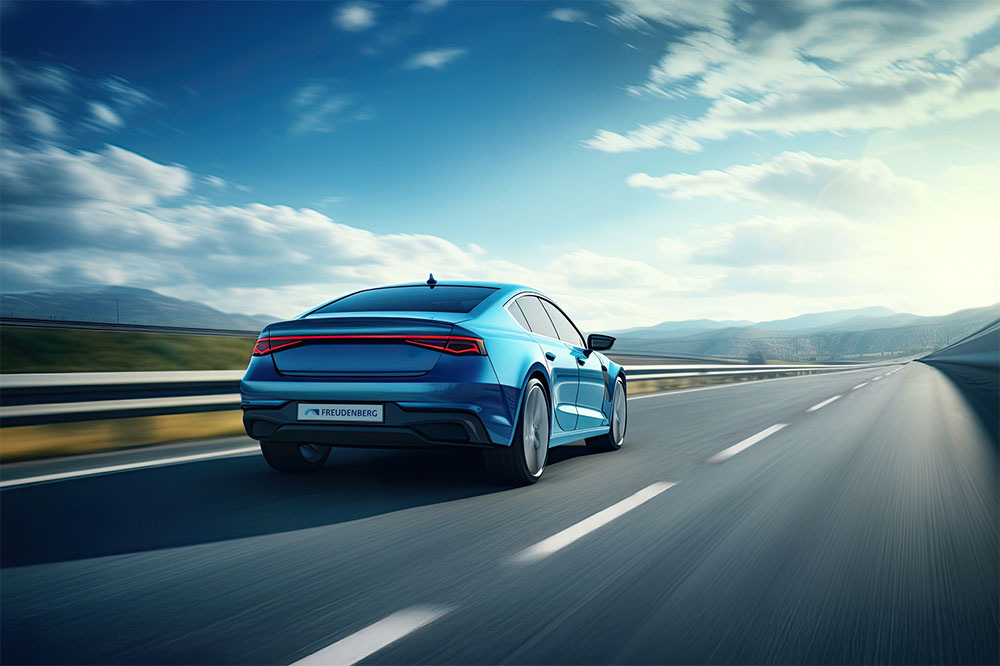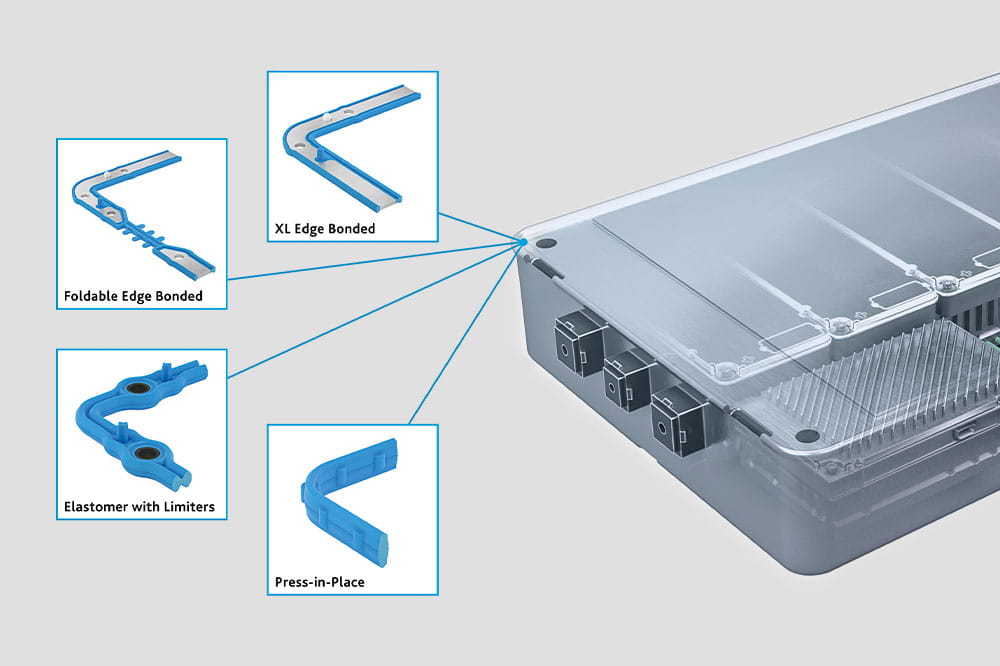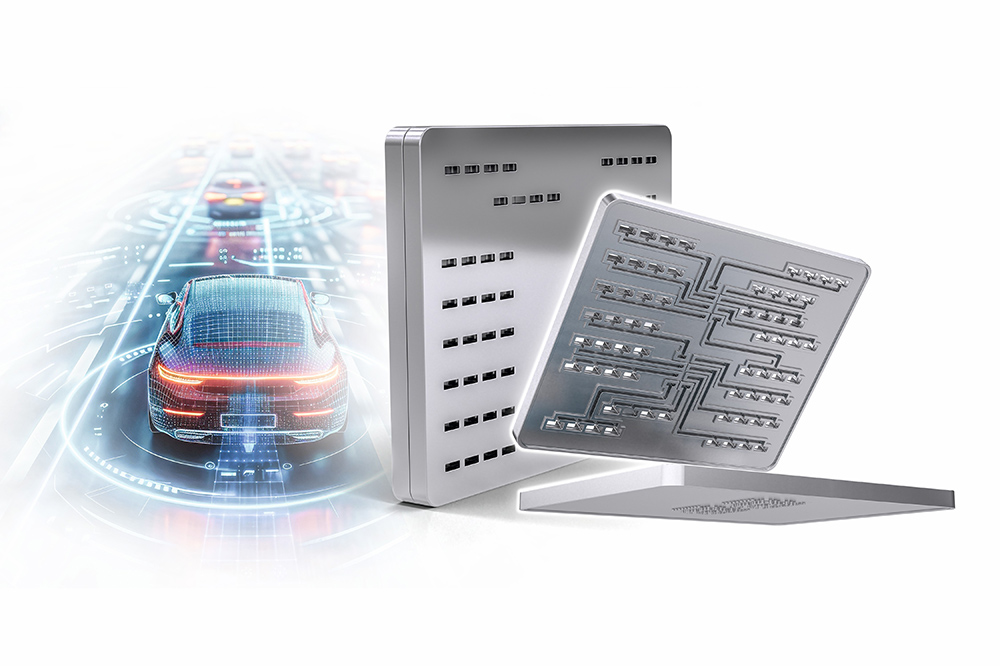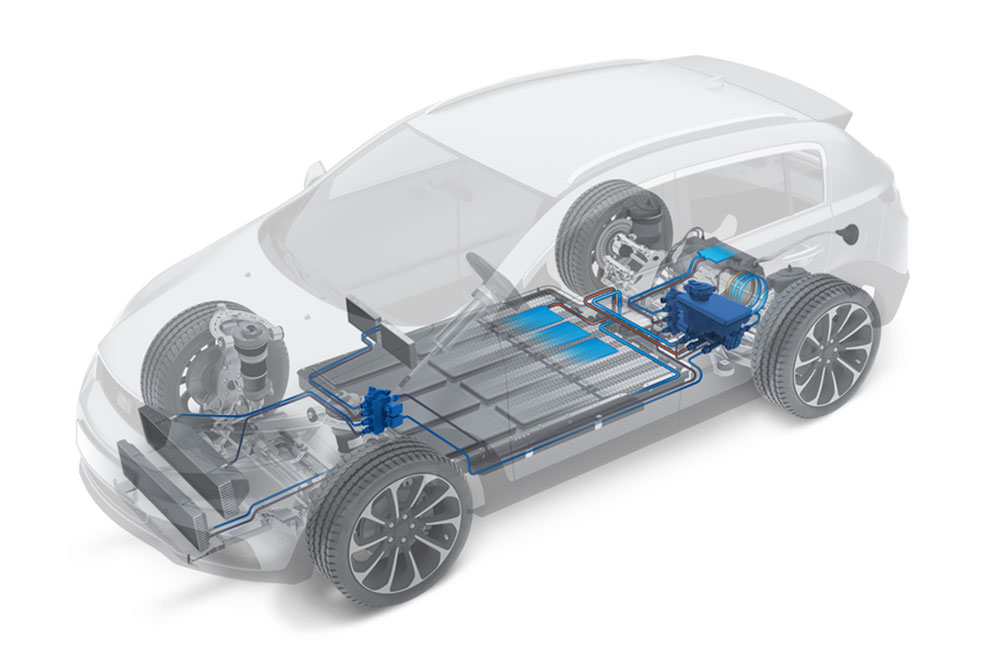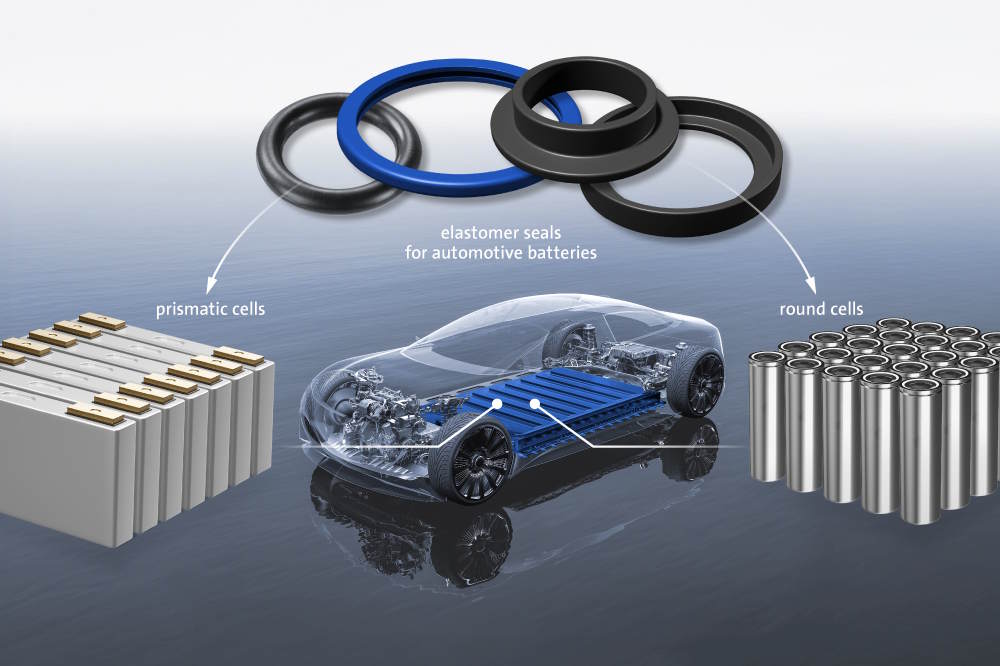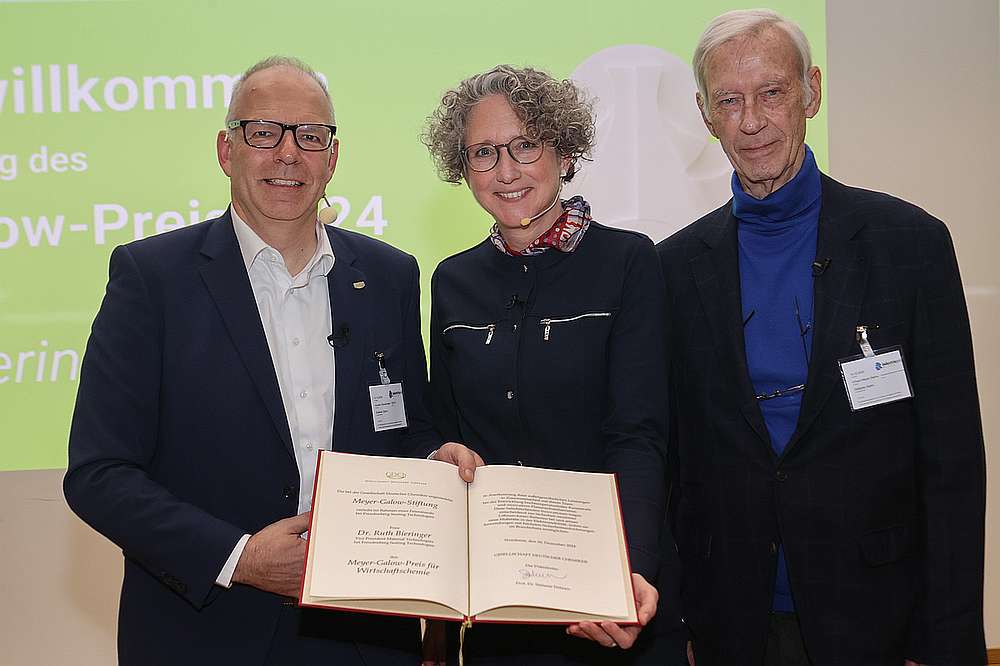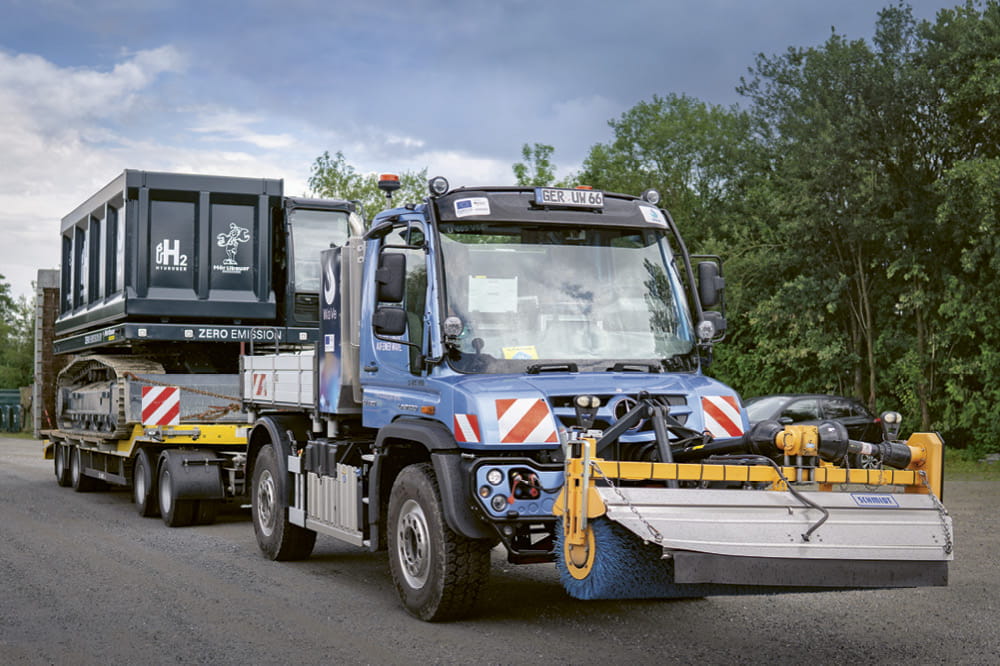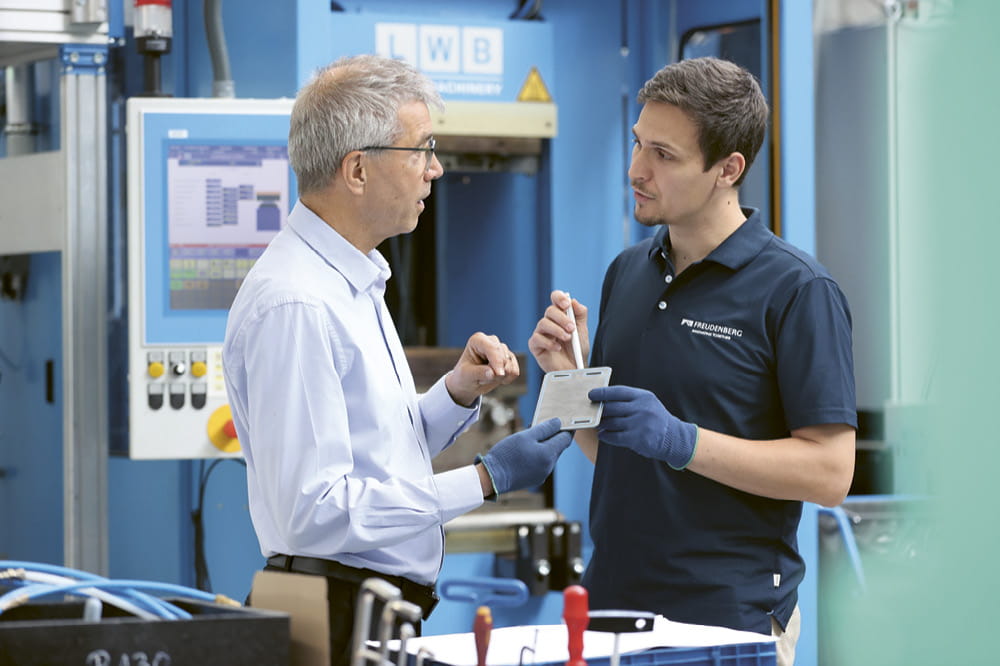Obtain news and background information about sealing technology, get in touch with innovative products – subscribe to the free e-mail newsletter.
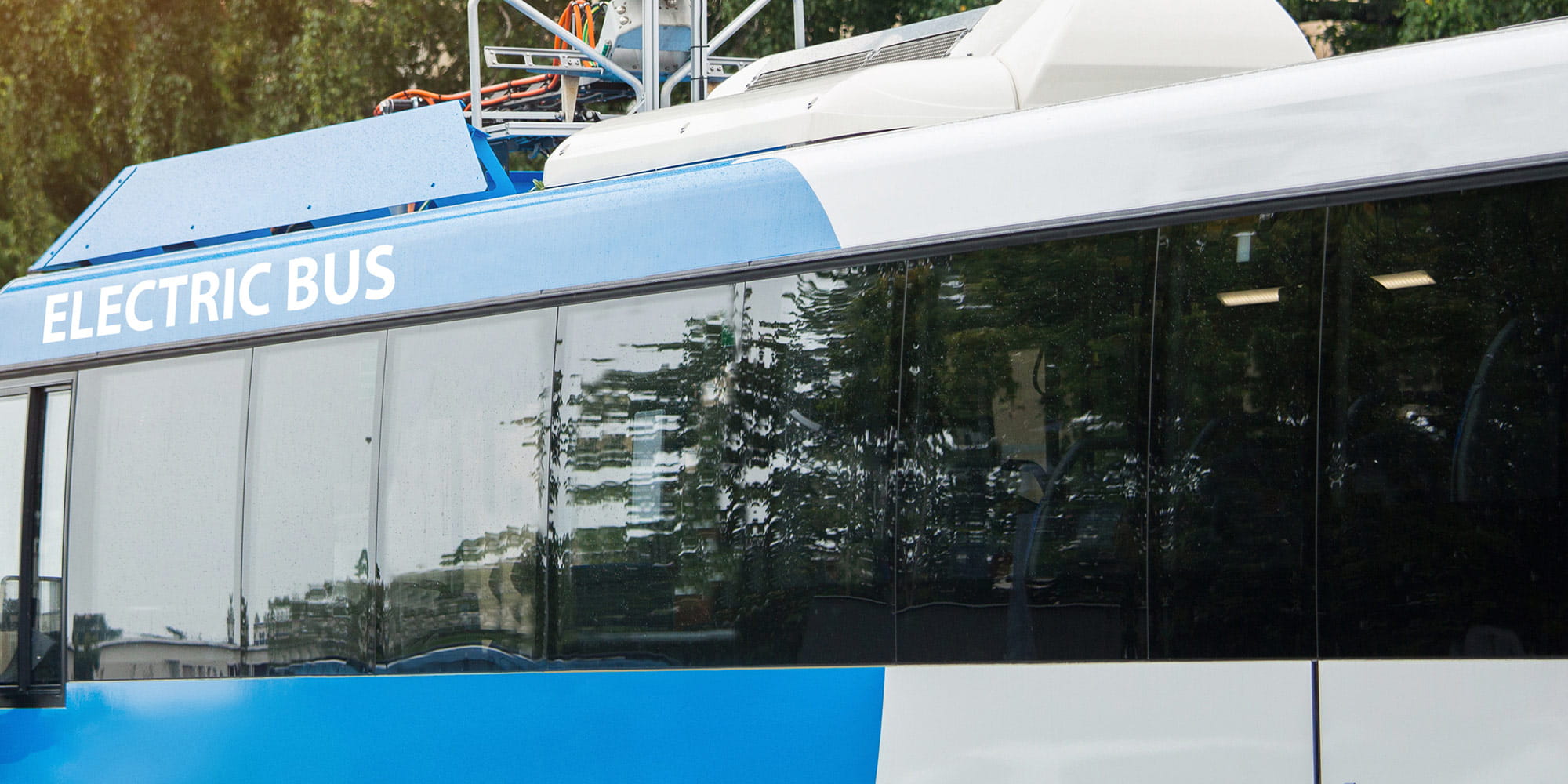
17.10.2017 | Story
Cable-free and Happy
Who hasn’t experienced it? Several times a day, the battery on your smartphone runs low. Grabbing for the charging cable has become routine. But there are more convenient solutions. Growing numbers of car models are enabling the cable-free charging of smartphones. You simply place the device on the center console or in the glove box, where it is “filled up.” It is a technology that could soon be used on a larger scale – for vehicles with electric propulsion.
This year, BMW announced that it would bring out a plug-in hybrid model in 2018. The highlight: The lithium-ion energy storage unit can be charged up without a cable. The vehicle is parked above a floor plate that contains a primary coil. The undercarriage of the car has a secondary coil. When the two coils are positioned one above the other, a magnetic alternating field is generated that makes it possible to charge up the battery totally without a cable. There is a display on the instrument panel that helps the driver maneuvering the vehicle above the floor plate, which can be installed in a garage or outdoors. The more precisely the coils are oriented to one another, the more efficient the charging process. In about three-and-a-half hours, it would be possible to completely charge up a high-voltage battery.
Uniform Standards as Goal
Several organizations are dealing with inductive-charging technologies, including the Fraunhofer Institute and the U.S. chip company Qualcomm. The American company’s goal is to develop a standard that all users can utilize – and not just on one model, as in BMW’s case. For example, the geometry of the coils still has to be standardized. On the other hand, there is extremely high consensus about transferring energy at 85 kHz. A standard would at least contribute to a greater acceptance of the inductive charging process. Of course, the safety issue must be taken into account as well. Anything within the magnetic field could start to glow or even be cooked. That is why the flow of current must be shut down within milliseconds – through the use of integrated radar sensors and metal detectors – when a foreign body reaches this area.
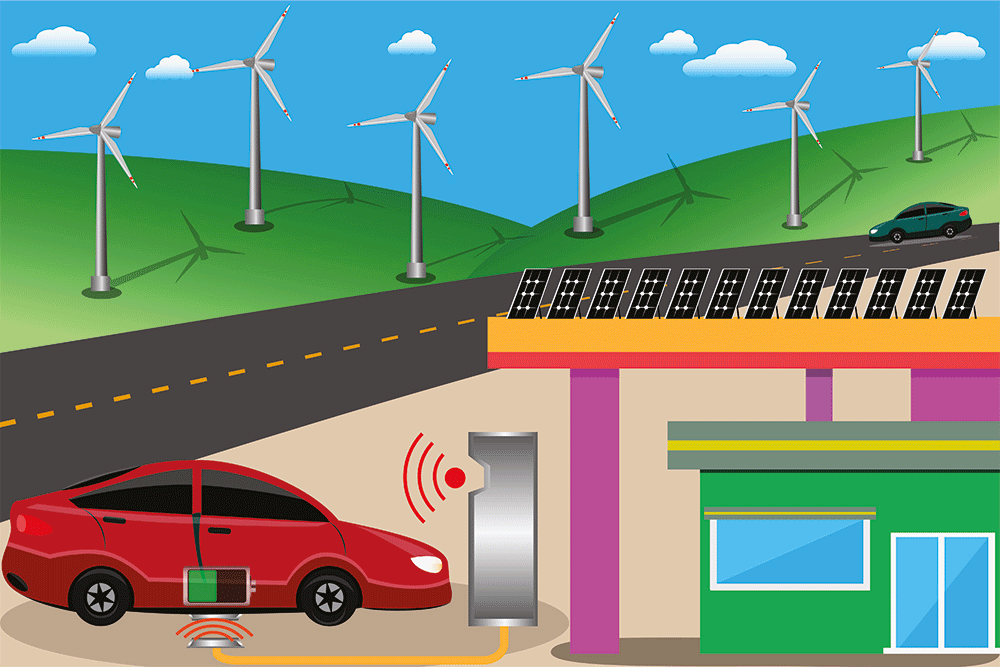
Charging While Driving
Qualcomm doesn’t want to restrict the opportunity to charge the battery to just a certain zone. Its goal is to make the charging process available at many public locations, that is, on parking spaces, at traffic lights and at barriers. The pinnacle would be charging while driving. At a test track near Paris, charging plates built into the ground are already being tested. A car with an electric powertrain can be charged in this way at up to 100 km/h. Running out of gas and being stranded will become a thing of the past.
Smaller, Lighter, More Cost-effective
A startup in Tel Aviv, Israel, is creating another solution for inductive charging during driving. It has taken a look at copper lines in the asphalt as an answer. The idea is being tested on an “electric street” there. Besides a constant energy feed, charging during driving offers other advantages: The vehicles can get by with smaller and lighter batteries, which would lead to lower costs. For starters, the Israelis are looking at buses, which are expected to benefit from this system in bus lanes.
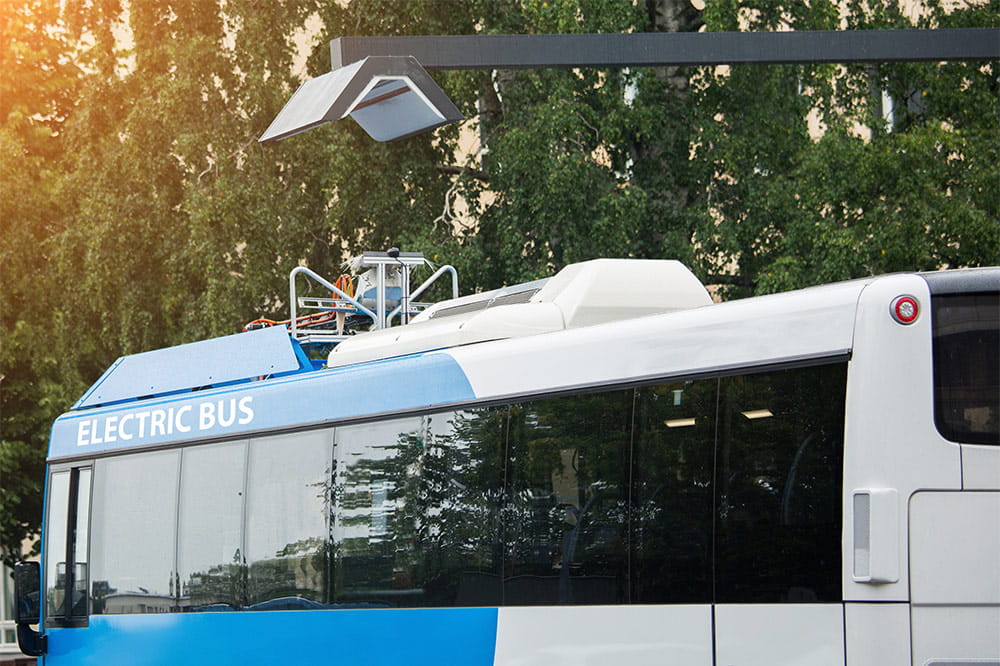
Berlin Bus Line Already Charges Up Inductively
In Berlin, one bus line has already turned completely to inductive charging. But the process takes place at the terminal bus stops, not during driving. There the bus batteries are charged up in just a few minutes.
Starting in August 2015, the Berlin transport company tested the forward-looking approach for a year and then decided to continue operating the line. Just as smart phones are increasingly charged inductively, this could become a promising way to charge up vehicles with electric powertrains.
More news on the subject Automotive & Transportation

Join Us!
Experience Freudenberg Sealing Technologies, its products and service offerings in text and videos, network with colleagues and stakeholders, and make valuable business contacts.
Connect on LinkedIn! open_in_new